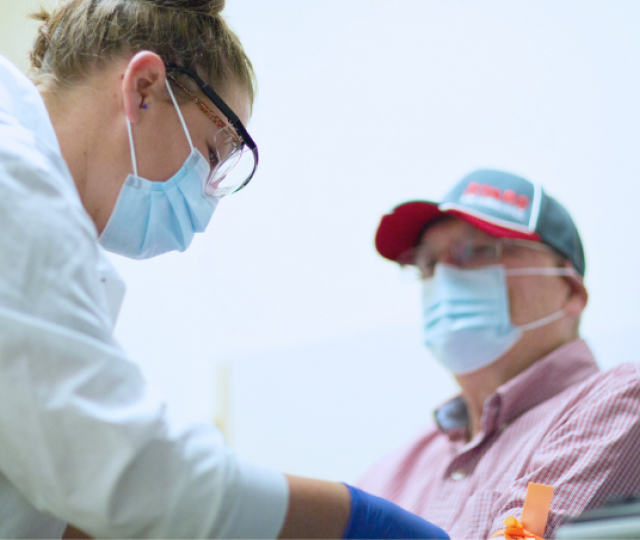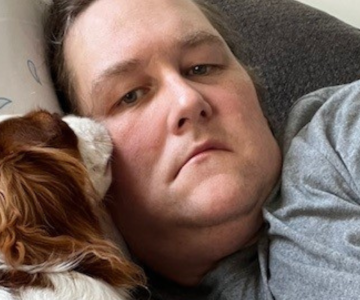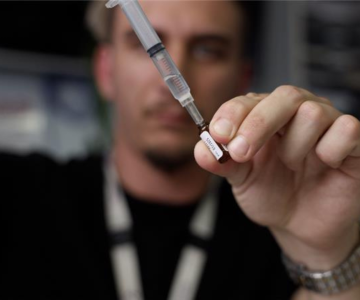How to label samples
Samples must be labelled correctly for acceptance in the laboratory. Improperly labelled samples will cause delays in processing and may require a recollection.
Learn about guidelines for sample collection.

Samples must be labelled correctly for acceptance in the laboratory. Improperly labelled samples will cause delays in processing and may require a recollection.
Guidelines for standard non-blood sample collection
Patient-collected samples
Collection containers are available from your local lab. Learn about sample collection information for samples collected by the patient.
Body fluids
Body fluid samples require strict collection and transportation criteria to maintain sample quality.
Bone marrow
Bone Marrow requests must follow clinical guidelines determined by an IH Pathologist or Specialist with expertise in Hematology.
Complete the Request for Bone Marrow Aspiration and Biopsy Form. The request form is reviewed by a pathologist to ensure appropriate ancillary tests are ordered before an appointment is booked.
Lymphoma and Flow Cytometry
Review the resource for COVID-19 sample collection
Anatomical Pathology
Refer to the Department specific page for information about sample identification, collection and handling.
Microbiology
Refer to the Department specific page for information about sample identification, collection and handling.
Transfusion Medicine
Refer to the Department specific page for more information.
Blood samples must be delivered to the lab as soon as possible after collection and must be processed within two hours of collection. Blood samples that have not been centrifuged are transported at room temperature. Specimens arriving close to the two hour time limit may be rejected.
Samples must be packaged according to the Transport of Dangerous Goods (TDG) legislation by trained personnel holding a valid TDG certificate. The individual shipping the sample is responsible for proper packaging and use of an approved shipping container (TDG certified for Category B specimens) to maintain sample integrity and prevent leaks or contamination during transport; protecting the public and environment from potential exposure to specimens.


Teresa LeBlanc works at Ponderosa Lodge in Kamloops. She describes herself as an easygoing person who loves to see the long-term care residents & nurses happy.
/stories/we-are-ih-nursing-unit-clerk-prioritizes-residents-happiness


Follow these pediatrician-approved tips and guidelines for keeping children and babies safe in the sun.
/stories/ask-expert-sun-safety-sunscreen-tips-babies-children


The Relational Security Officer Program integrates security with health care, and upholds safety, quality & service. Explore an exciting career as an RSO.
/stories/relational-security-officer-program-sets-new-standard-facility-safety


It took Laura 12 years to get to where she is today. Having found self-acceptance and self-accountability, now she’s helping others on their wellness journeys.
/stories/we-are-ih-counsellor-chose-help-people-after-helping-herself


Naloxone is a widely available, safe and fast acting medication that can temporarily reverse an opioid overdose. Find out how to get your kit & when to use it.
/stories/get-naloxone-kit-save-life


Learn what you can do to ensure you and your family remain safe and healthy this summer.
/stories/summer-safety-tips-protect-yourself-summer-heat
Receive news and alert posts, and Stories@IH blog posts, right to your inbox!
